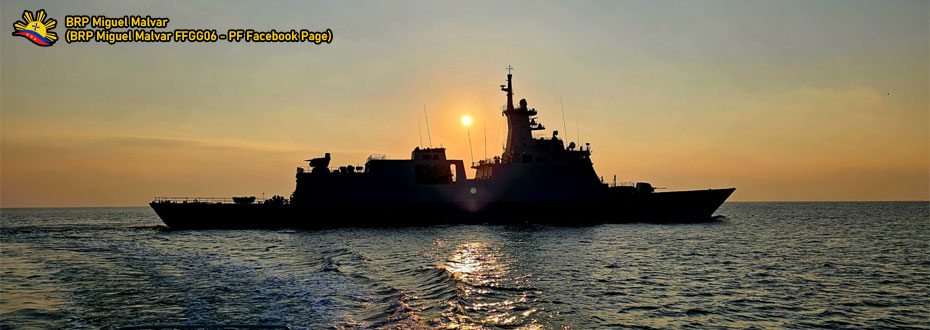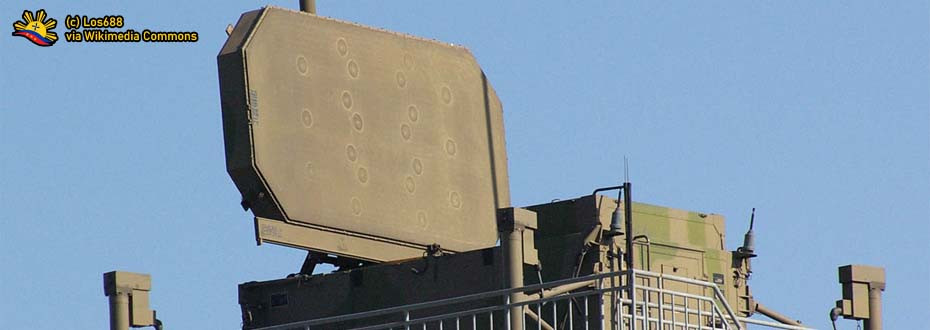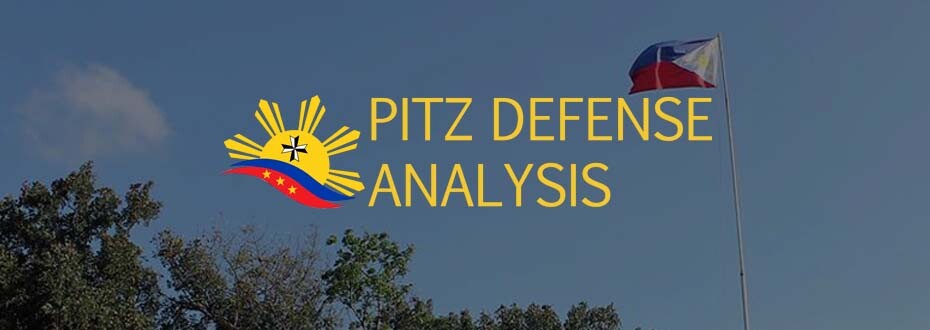 |
The Abukuma-class destroyer escorts have the hull size and capability of the Jose Rizal-class frigates while having a tonnage of the Rajah Sulayman-class OPVs.
Image Source. |
Knowing the ship’s specifications will help provide an idea regarding the capabilities that it possesses, especially understanding its baseline that will give a preference of what the Philippine Navy expects into getting this class of vessel into the fleet.
Just a disclaimer though, some of the information provided here will include its current load-out during its service within the Japan Maritime Self-Defense Force, as the armaments onboard might likely get removed and replaced with the ones fitting the Philippine Navy’s requirement.
The first one to cover
is its hull dimensions, whereby the size of the Abukuma-class destroyer escorts comes with 109 meters long, 13.4 meters beam, and a draft of 3.8 meters. Its weight displacement is 2,000 tons at standard configuration, and 2,550 tons at its full load configuration. For comparison, the
Jose Rizal-class frigate of the Philippine Navy has a hull size of 107 meters long, 14 meters beam, and a weight displacement of 2,600 tons.
While both the Abukuma-class destroyer escorts and the Jose Rizal-class frigates share almost similar hull size and tonnage, the latter has the advantage of incorporating a more modern shipbuilding design, as it comes with a helipad, helicopter hangar, and a space for incorporating a Vertical Launch System (VLS) cells for its added security against aerial threats, aside from the commonality of armaments between both ships like the 76mm main gun, anti-ship missiles, torpedo mounts, and close-in weapons system (CIWS).
Finally, the
propulsion system of the Abukuma-class destroyer escorts come with a Combined Diesel or Gas or CODOG configuration, whereby the vessel’s power output originated from two (2)
Kawasaki-Rolls-Royce SM1A gas turbines (26650 SHP output) for its performance mode, and two (2)
Mitsubishi S12U-MTK diesel engines (at 6000 hp output) for its regular cruising mode, with a total maximum speed of the vessels of around twenty-seven (27) knots.
With the Abukuma-class destroyer escorts that the Philippine Navy receives will probably go differently from their current configuration under the Japan Maritime Self-Defense Force given the restrictions, the following discussion subset will encompass other important information relating the joint production and research scheme that this transfer will undertake, along with its future classification within the fleet and the budget for its rearmament of the ships with ones fitted by the Philippine Navy itself.
OTHER RELEVANT INFORMATION ABOUT THE DEAL
 |
The Philippine Navy recently conducted a joint visual inspection in Japan last August 2025.
Image Source. |
From here, the information provided from sources confirms that there is a high likelihood that the Philippine Navy will get all the six Abukuma-class destroyer escorts, of which this will provide the much-needed boost to the numerical composition of the naval service branch’s Offshore Combat Force.
This effectively complements the other ships in the fleet, lessening the operational stress of prolonged deployment at sea, while providing the needed presence in the country’s territorial and Exclusive Economic Zone waters.
Despite the boost, it is highly certain that the Japan Maritime Self-Defense Force will
remove the onboard armaments and leave the fitting of newer ones at the discretion of the Philippine Navy through the Joint Development and Production scheme in a way to skirt current restrictions provided under the current Japanese legal system. This put the Abukuma-class destroyer escorts’ armaments in two (2) likely scenarios as presented in the succeeding sentences of this sub-topic.
The first and most likely outcome is for the Philippine Navy to provide it with the minimum required armaments onboard the ship, with upgrades coming in the succeeding years since its commissioning to the fleet. This means that the ships will get their armaments other than the 76mm Oto Melara main gun removed, while likely remaining as a patrol gunship before the ship gets the needed upgrades, most likely patterned after the armaments already available onboard other Philippine Navy ships.
This means that there is a greater chance that the Philippine Navy will arm the Abukuma-class destroyer escorts, likely getting classified as ‘anti-submarine frigates’ upon joining the fleet
the armaments it needs as a direct replacement to the ones removed onboard, such as the SSM-700K Haeseong C-Star anti-ship missiles, K745 Blue Shark Torpedoes, and even the Gokdeniz Close-In Weapons System found onboard the Miguel Malvar-class frigates.
The said weapon upgrades, while theoretical in the basis of streamlining logistical chains, will still change at the discretion of the Philippine Navy leadership’s approach into how it envisions the Abukuma-class destroyer escorts, then frigates, will join the fleet.
Despite this fitting nomenclature of the vessels, this should not stop the fleet from buying more capable vessels that it aims to have, particularly the repeat orders of both the Miguel Malvar (
or HDF-3500 under the Full Complement Project), and Jose Rizal-classes.
This growing partnership, coupled with the recently ratified Reciprocal Access Agreement of both countries, is a testament of increased defense cooperation between the said countries in the years to come.
LOOKING FORWARD
.png) |
JS Abukuma (DE-229) is likely the first one to get decommissioned in 2027.
(c) Binmei, YouTube. |
For more than thirty (30) years, the Abukuma-class destroyer escorts play a significant role of ensuring the security of Japan’s territorial and exclusive economic zone waters, ensuring that the deterrence exist in keeping intruders from entering its domain, such as what
China did with Japan’s southernmost island of Senkaku. Sharing the same concerns in the region, the Philippines receiving these destroyer escorts from Japan is also helping the latter in ensuring the status quo in the region.
Japan’s transfer of the Abukuma-class destroyer escorts to the Philippine Navy simply comes as one of the recent testament of
closer bilateral defense ties between both countries, coupled with overwhelming support for providing the country with the needed tools to support its maritime domain awareness.
One given example coming out of these growing ties is the successful Official Development Aid from JICA for the construction and sale of both the Parola-class and
Teresa Magbanua-class MRRVs for the PCG.
Complementing both the pairs of
Jose Rizal-class frigate and the
Miguel Malvar-class frigate of the Philippine Navy, the number of ships with this classification within the fleet will come at a sum of ten (10) ships, of which it will have followed in by an additional pair of frigates bought under the Frigate Acquisition Project - Full Complement under the Re-Horizon 3 of the Revised AFP Modernization Program. Preferences of the latter project is with either the HDF-3200 or the HDF-3500 designs of HD Hyundai Heavy Industries.
The numbers that might get introduced in the Philippine Navy come as a boost that will probably give the fleet the needed increase of its composition at a short time possible where, alongside the speedy construction of newly built vessels from South Korea’s HD Hyundai Heavy Industries’ own shipyard in Ulsan, gives added support not only on providing an assured presence in the Philippine territorial and EEZ waters, but also in ensuring
Maritime Domain Awareness in areas like the West Philippine Sea.
Also, introducing the Abukuma-class destroyer escorts to the Philippine Navy will probably ease the operational times that other vessels in the fleet will undertake in the high seas, assuring that there is always a vessel available to undertake maritime defense duties and responsibilities, while minimizing the operational stress that the ships needed, along with having the time allowed for an ensured maintenance and repair periods
that will give additional readiness that allow for future patrols.
Looking forward, the Philippine Navy will probably see the Abukuma-class destroyer escorts as an integral part of the fleet itself. And while the naval service branch of the Armed Forces of the Philippines is gearing itself
for a new type of policy direction through the ‘Sail Plan 2040’, the services that these Japanese-made ships will provide to the Philippine Navy will give worth to the territorial defense efforts that the national government aims to achieve against a more powerful adversary.




.png)
























